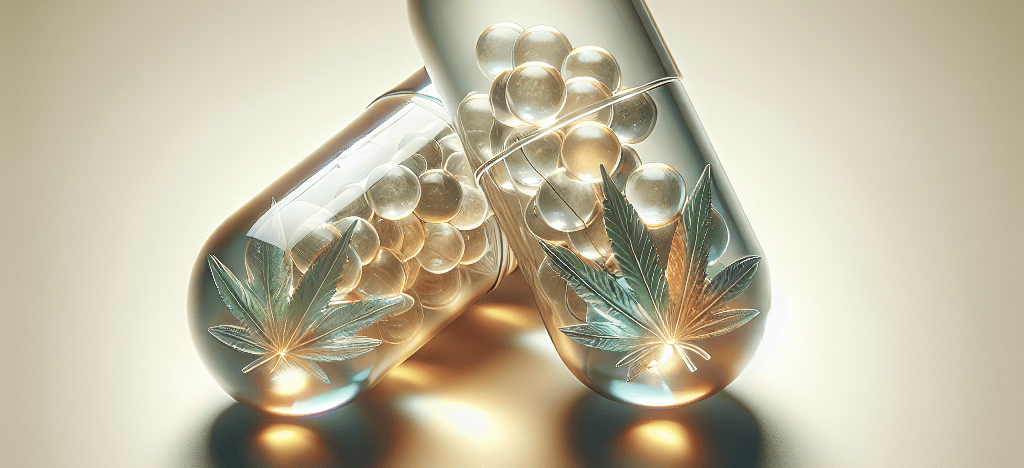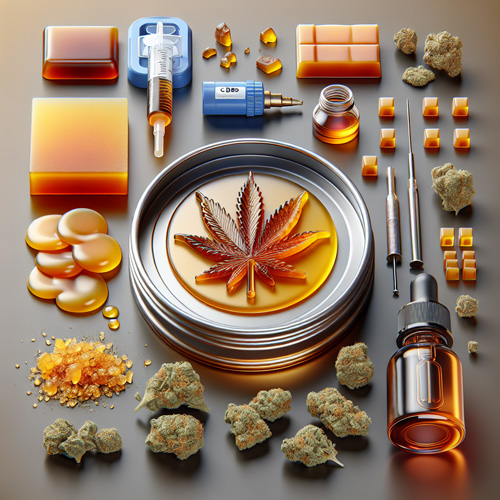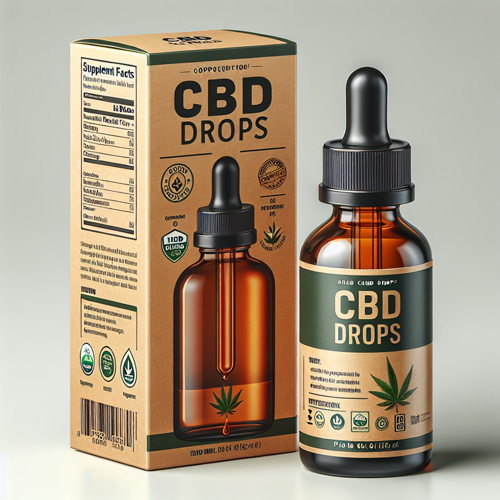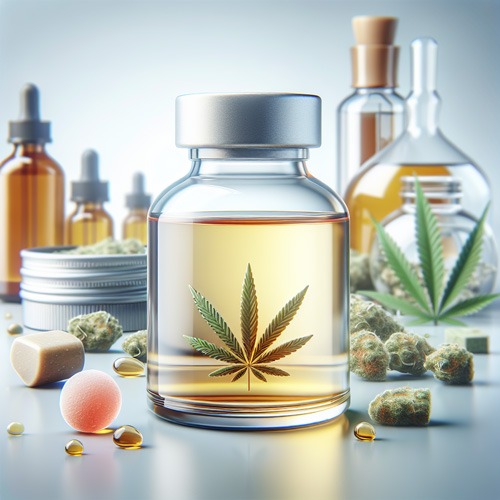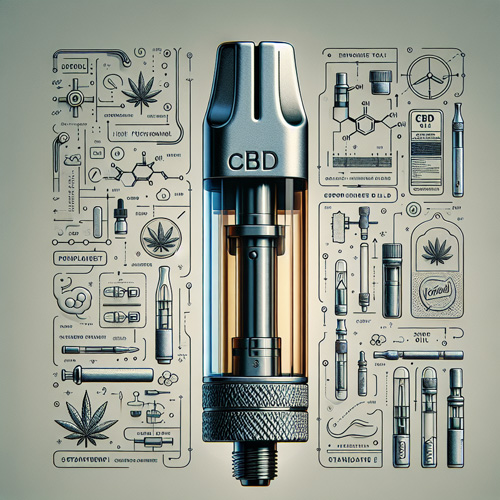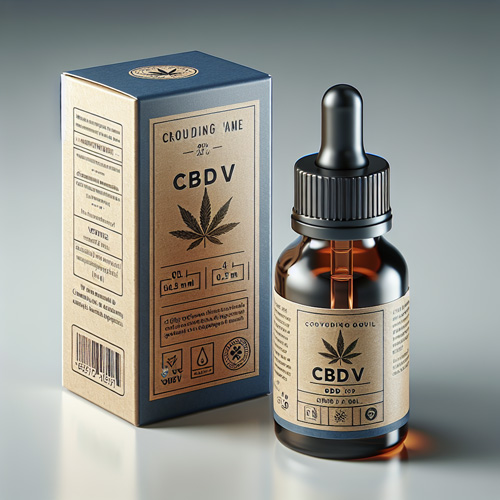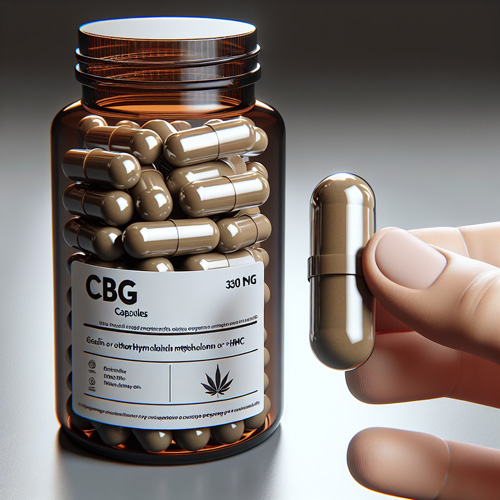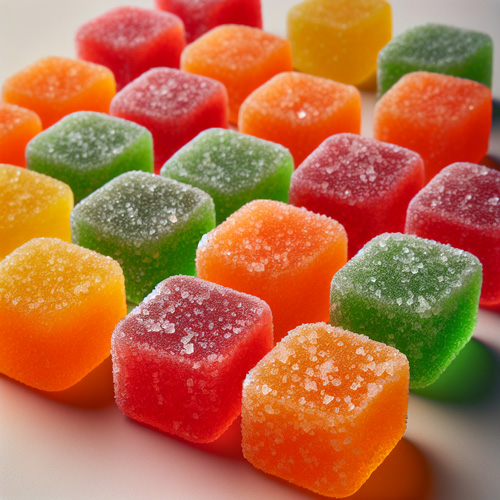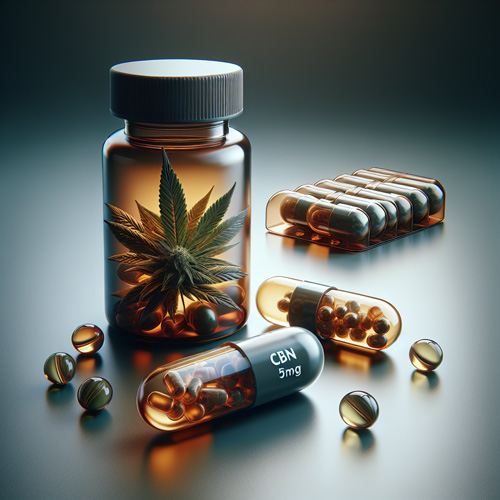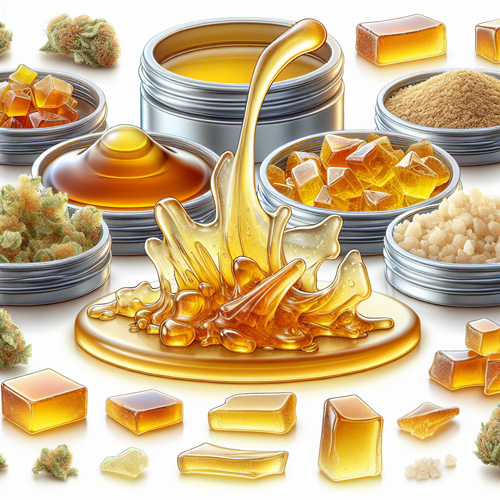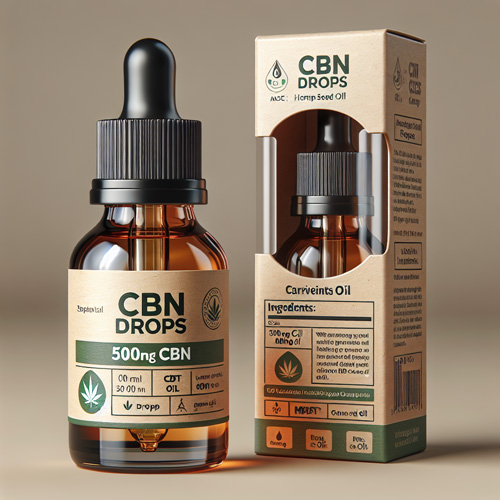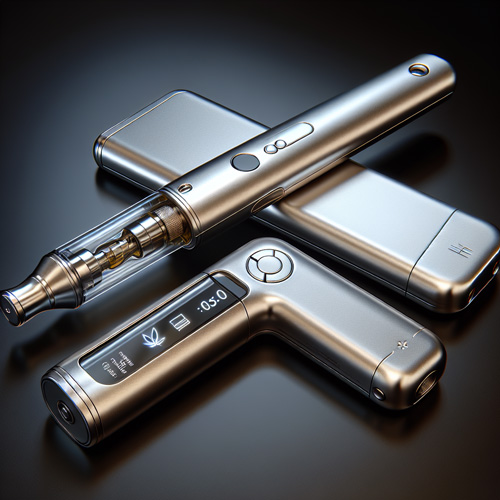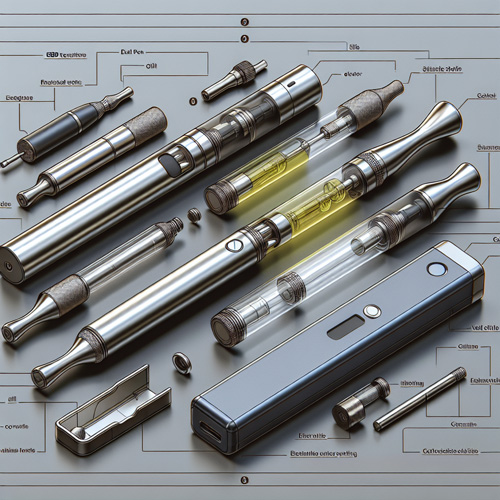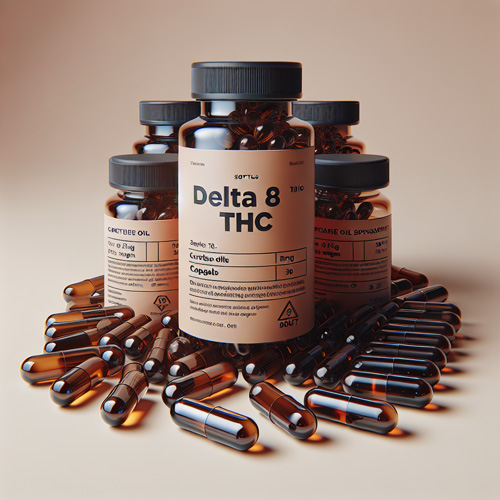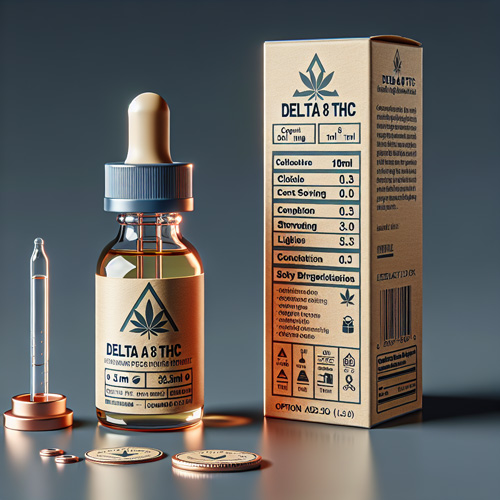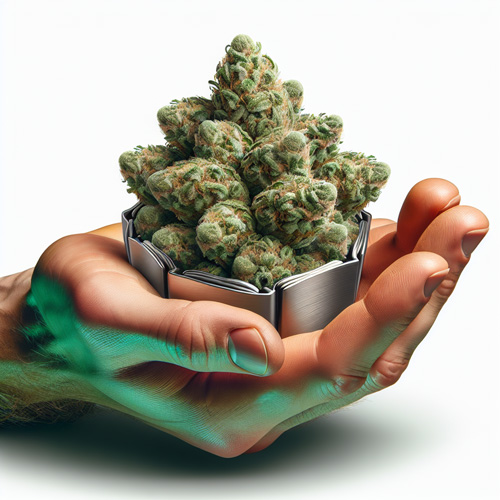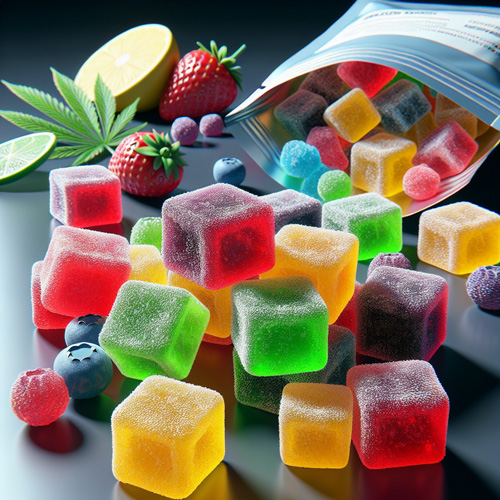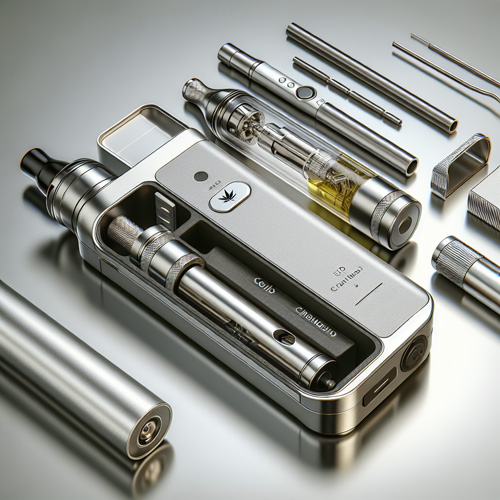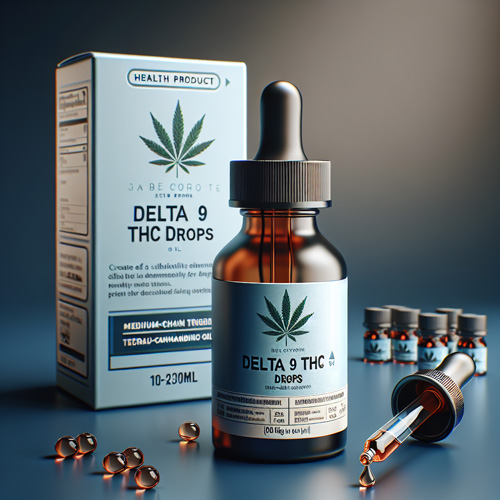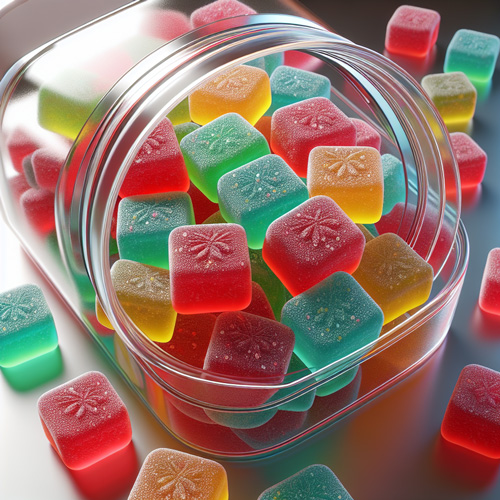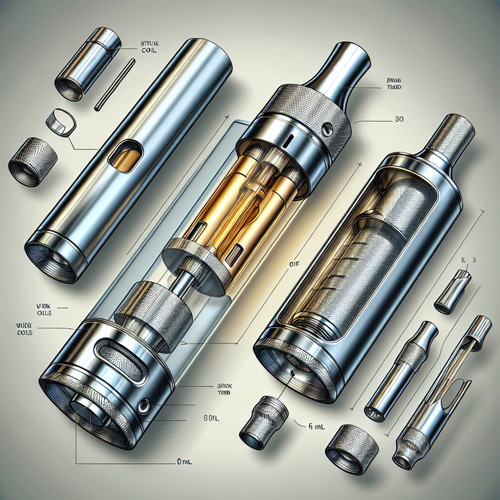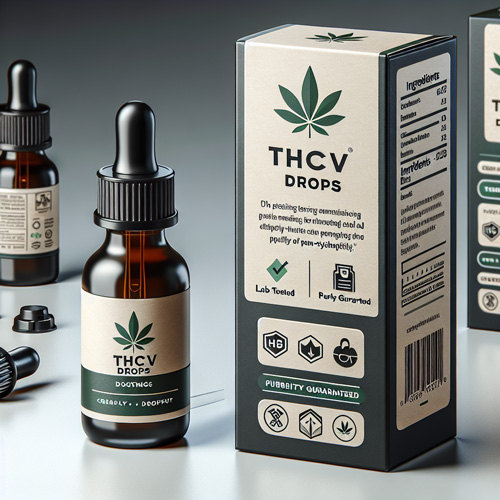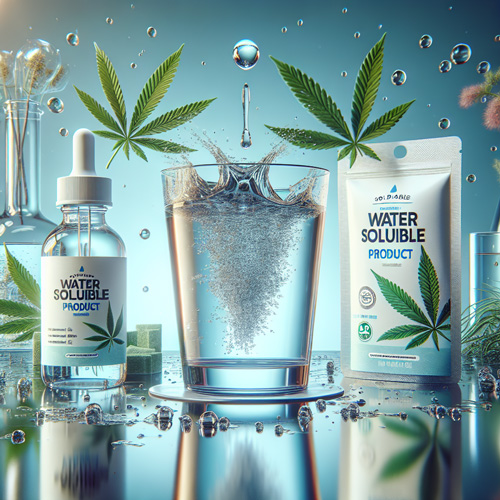
Decarboxylation: Converting THCa to THC through Heat
Definition of Decarboxylation
Decarboxylation is a chemical process that occurs when heat is applied to cannabis plant material, converting inactive acidic cannabinoids into the active neutral forms.
One of the most well-known examples of this process is the conversion of THCa (tetrahydrocannabinolic acid) into THC (delta-9-tetrahydrocannabinol), which is responsible for the psychoactive effects of cannabis. Decarboxylation is a crucial step in preparing cannabis for consumption, as acidic cannabinoids have different therapeutic effects compared to their neutral counterparts. This transformation occurs when a carboxylic acid group (-COOH) releases a carbon dioxide molecule (CO2) and a hydrogen atom (H), resulting in the formation of the neutral cannabinoid.
The decarboxylation process can be achieved through exposure to heat or certain extraction methods, and it is often carried out at specific temperatures and for a certain period of time to achieve complete decarboxylation. Various analytical methods, such as gas chromatography, high-performance liquid chromatography, and liquid chromatography-mass spectrometry, are used to analyze the levels of acidic and neutral forms of cannabinoids in cannabis products. Understanding decarboxylation is essential for producing cannabis edibles, tinctures, and other infused products with the desired therapeutic effects.
Overview of the Decarboxylation Process
Decarboxylation is a crucial process in unlocking the full potential of cannabis and hemp plants. It involves the conversion of acidic cannabinoids, such as THCa and CBDa, into their neutral counterparts THC and CBD, which are responsible for the psychoactive and therapeutic effects.
The decarboxylation process occurs when heat is applied to the plant material. This heat causes a chemical reaction wherein a carboxyl group, consisting of one carbon atom and two oxygen atoms, is removed by releasing carbon dioxide. This transformation activates the previously inactive psychoactive compounds, making them available to bind with CB1 receptors in our bodies.
The process of decarboxylation requires careful attention to temperature and time. For example, THCa requires a specific temperature range of approximately 220-240°F (105-115°C) to fully decarboxylate, which may take around 30-45 minutes. On the other hand, CBDA requires a slightly higher temperature range of around 260-290°F (125-145°C) for a similar period of time.
It is important to note that while heat is necessary for decarboxylation, excessive heat can degrade other valuable cannabinoid and terpene compounds. To retain these therapeutic compounds, it’s recommended to use the lowest effective temperature and the shortest decarboxylation time possible.
By understanding and carefully controlling the decarboxylation process, cannabis enthusiasts and manufacturers can optimize the production of various cannabis products to harness the full range of psychoactive and therapeutic benefits.
Benefits of Decarboxylation Reaction
The decarboxylation reaction plays a vital role in unlocking the potential benefits of cannabis and hemp plants. By transforming acidic cannabinoids into their active forms, decarboxylation enhances the potency and bioavailability of THC and CBD, two of the most critical components of the cannabis plant.
During the decarboxylation process, heat is applied to the plant material, triggering a chemical reaction that removes a carboxyl group from the cannabinoids. This transformation converts inactive acidic cannabinoids like THCa and CBDa into their active counterparts, THC and CBD, which are known for their psychoactive and therapeutic effects.
Decarboxylation is particularly crucial for producing consumable cannabis goods, such as tinctures and edibles. When these products are consumed, the active forms of THC and CBD are readily absorbed by the body, resulting in stronger and more predictable effects. Additionally, decarboxylation allows for the milder effects of CBD compared to THC, making it suitable for individuals seeking therapeutic benefits without the psychoactive experience.
Overall, the decarboxylation process unlocks the full potential of cannabis by activating the most critical components and ensuring their potency and bioavailability. Whether for therapeutic or recreational purposes, understanding and utilizing decarboxylation is essential for maximizing the benefits of cannabis consumption.
Cannabis Plant and Cannabinoid Acids
The cannabis plant, scientifically known as Cannabis sativa, is known for its diverse and complex chemical composition, containing various compounds called cannabinoids.
Interestingly, cannabinoids exist in both acidic and neutral forms. In their raw state, cannabinoids are present as cannabinoid acids, such as tetrahydrocannabinolic acid (THCa) and cannabidiolic acid (CBDa), which do not possess psychoactive properties.
However, through the process of decarboxylation, these cannabinoid acids are converted into their active and psychoactive forms, like delta-9-tetrahydrocannabinol (THC) and cannabidiol (CBD). Decarboxylation involves heating the plant material to a specific temperature for a certain period of time, enabling the removal of a carboxyl group from the cannabinoid acids.
This heat-induced chemical reaction unlocks the therapeutic potential of cannabinoids, allowing for their enhanced bioavailability and potency in various cannabis products. Analytical methods such as gas chromatography, high-performance liquid chromatography, and fluid chromatography are often utilized to measure the levels of cannabinoid acids and their corresponding active forms, providing valuable information for both researchers and producers in the cannabis industry.
Anatomy of the Cannabis Plant
The cannabis plant, scientifically known as Cannabis sativa, is a versatile and complex plant that has been used for centuries for various purposes. Understanding the anatomy of the cannabis plant is essential for anyone interested in its cultivation or study.
The cannabis plant consists of several structures, each with its own distinct function. The leaves are one of the most recognizable parts of the plant. They are typically palmate in shape, with multiple leaflets attached to a central stem. The leaves play a crucial role in photosynthesis, converting light energy into chemical energy for the plant’s growth.
Another important part of the cannabis plant is the buds or flowers. Buds contain the highest concentration of cannabinoids, including the psychoactive compound THC (tetrahydrocannabinol) and other therapeutic compounds like CBD (cannabidiol). These compounds are typically found in the resin glands, known as trichomes, that develop on the flowers.
The stems of the cannabis plant provide structural support and transport nutrients and water between the roots and other parts of the plant. They are also responsible for the upward growth of the plant.
In addition to the leaves, buds, and stems, the cannabis plant produces various other structures like seeds and roots, each with their own unique functions.
Understanding the anatomy of the cannabis plant is crucial for maximizing its growth potential and harnessing its therapeutic effects. By understanding how each part functions and contributes to the overall growth and development of the plant, growers and scientists can better cultivate and study this remarkable plant.
Acidic Cannabinoids in Raw Form
In their raw form, cannabinoids found in the cannabis plant exist primarily in their acidic forms. These acidic cannabinoids are characterized by the presence of a carboxylic acid group attached to their molecular structure. This carboxylic acid group consists of one carbon atom, two oxygen atoms, and a hydrogen atom.
Acidic cannabinoids differ from their neutral counterparts in terms of their chemical structure and their effects on the body. While acidic cannabinoids do not possess psychoactive effects, they have their own therapeutic properties. Research suggests that these acidic compounds may have potential benefits in reducing inflammation, suppressing nausea, and influencing cell proliferation.
The major acidic cannabinoids found in the cannabis plant include tetrahydrocannabinolic acid (THCa), cannabidiolic acid (CBDa), cannabigerolic acid (CBGa), and cannabichromenic acid (CBCa). Each of these compounds has its own potential health benefits and effects on the body.
To convert acidic cannabinoids into their neutral, active forms, a process called decarboxylation is employed. Decarboxylation involves the application of heat to break down the carboxylic acid group, resulting in the conversion of THCa to THC, CBDa to CBD, and so on. This process typically occurs through smoking or vaporization (great products can be found at Olofly), but can also be achieved through baking, cooking, or applying heat to the cannabis plant material over a period of time.
Decarboxylation is an essential step in producing cannabis products that possess the desired therapeutic effects. Understanding the differences between acidic and neutral cannabinoids and the decarboxylation process can help individuals make informed choices in utilizing the potential health benefits of cannabis.
Neutral Cannabinoids in Activated Forms
Neutral cannabinoids are the activated and more potent versions of the cannabinoids found in the cannabis plant. While their acidic precursors have their own therapeutic properties, it is the neutral cannabinoids that are responsible for the psychoactive effects and many of the medicinal benefits associated with cannabis.
The transformation from acidic precursors to their activated forms, such as THC and CBD, occurs through a process called decarboxylation. Decarboxylation involves the application of heat, which removes a carboxyl group from the molecular structure, resulting in the conversion of acidic cannabinoids to their neutral counterparts. This process typically occurs when cannabis is smoked, vaporized, or heated during cooking or baking.
Neutral cannabinoids are more readily absorbed by the body and can directly interact with the body’s endocannabinoid system, specifically the CB1 receptors, making them more bioavailable and effective for therapeutic purposes. This activation process unlocks the full potential of the cannabinoids, allowing for their use in a wide range of medicinal applications, including pain management, nausea relief, anti-inflammatory effects, and even potential anti-cancer properties.
The transformation of acidic precursors to neutral cannabinoids through decarboxylation results in the activation of their medicinal properties and the onset of psychoactive effects. These activated forms offer a more potent and medicinally active alternative to the acidic compounds found in the cannabis plant, providing a diverse range of therapeutic benefits for individuals seeking relief from various health conditions.
Decarboxylation Process
Decarboxylation is a crucial step in unlocking the full potential of the cannabis plant.
This process involves the application of heat, which triggers a chemical reaction that converts acidic cannabinoids, such as THCa and CBDa, into their active forms, THC and CBD, respectively.
By removing a carboxyl group from the molecular structure, the decarboxylation process transforms these compounds into their neutral counterparts, which are more bioavailable and have potent therapeutic effects. Decarboxylation typically occurs when cannabis is smoked, vaporized, or heated during cooking or baking. Understanding and controlling the decarboxylation process is essential in maximizing the medicinal benefits of cannabis and creating effective cannabis products.
High-Performance Liquid Chromatography (HPLC) and Gas Chromatography (GC) Techniques
High-Performance Liquid Chromatography (HPLC) and Gas Chromatography (GC) are two commonly used techniques for analyzing cannabinoids in cannabis products.
HPLC separates and quantifies different components in a mixture based on their relative affinities for the stationary and mobile phases. A typical HPLC system consists of a sample injector, a column, a pump, a detector, and a data acquisition system. The sample is dissolved in a liquid solvent (mobile phase) and injected into the system.
The mobile phase carries the sample through the column, where the different components are separated based on their interactions with the stationary phase. The detector then measures the concentration of each component, and the data is recorded.
GC, on the other hand, relies on the vaporization and subsequent separation of the sample components. The sample is vaporized and injected into a gas chromatograph, where it passes through a column that contains a liquid or solid stationary phase. As the components travel through the column, they separate based on their affinity for the stationary phase and their volatility. The separated components are then detected and quantified.
Both techniques require careful optimization of conditions such as column type, mobile phase composition, and detection wavelengths to achieve accurate and reliable cannabinoid analysis. These parameters are tailored specifically for separating and quantifying cannabinoids in cannabis products.
Overall, HPLC and GC are essential analytical methods in the characterization and quality control of cannabis products, enabling the determination of cannabinoid profiles and ensuring product consistency and safety.
Breaking Down the Chemical Composition of THCa to THC
THCa, or tetrahydrocannabinolic acid, is the acidic precursor to THC, the psychoactive compound found in cannabis. In its raw form, THCa does not produce the intoxicating effects commonly associated with THC. However, through a process called decarboxylation, THCa can be transformed into THC, unlocking its psychoactive potential.
Decarboxylation is triggered by various factors, such as heat, light, or oxidation. When cannabis is exposed to these conditions, a chemical reaction occurs where a carboxyl group (COOH) is removed from the THCa molecule, resulting in the conversion to THC. This process converts the acidic form of THCa to the neutral form of THC, which is responsible for the psychoactive effects.
Heat plays a crucial role in this transformation, as it provides the necessary energy to break the bonds holding the carboxyl group. This can be achieved through methods like smoking, vaporizing, or cooking with cannabis. The decarboxylation process is also time-dependent, meaning it requires a certain period of time for complete decarboxylation to occur.
Understanding decarboxylation is essential when using cannabis for medicinal or recreational purposes. By activating the THC through decarboxylation, individuals can experience the potential therapeutic effects associated with THC. This knowledge also helps in the production of various cannabis products, where manufacturers can optimize the decarboxylation process to achieve desired THC concentrations.
Decarboxylation is the process of breaking down the chemical composition of THCa to THC through the removal of a carboxyl group. Heat, light, or oxidation triggers this transformation, converting the acidic form of THCa to the neutral form of THC, resulting in its psychoactive effects.
Heat Application Methods for Decarboxylating THCa to THC
Heat application methods are commonly used to decarboxylate THCa to THC, converting the acidic cannabinoids into their neutral forms to unlock the psychoactive effects. Several effective methods can be employed for this process, including baking on parchment paper, using a vacuum oven, employing a sous vide method, or utilizing a microwave.
Baking on parchment paper is a simple and accessible method. The cannabis flower or plant material is spread out on parchment paper and heated in an oven set to a specific temperature. The heat triggers the decarboxylation reaction, converting the THCa into THC.
Using a vacuum oven is another effective method. This technique involves placing the cannabis material in a vacuum-sealed container and subjecting it to specific heat and pressure conditions. The vacuum environment helps preserve the terpenes and cannabinoids while facilitating efficient decarboxylation.
The sous vide method is gaining popularity due to its precise temperature control. This method involves sealing the plant material in a bag and immersing it in a temperature-controlled water bath for a specific period of time. The consistent heat ensures complete decarboxylation without any risk of burning the material.
Lastly, utilizing a microwave is a quick and convenient method. The cannabis flower is finely ground and placed in a microwave-safe container. The material is then heated in short intervals, allowing for effective decarboxylation.
Each of these methods has its own advantages and may be preferred based on individual circumstances and resources. It is important to be mindful of the decarboxylation temperature and duration to achieve optimal conversion of THCa to THC.
Baking on Parchment Paper Method
The Baking on Parchment Paper method is a simple and effective way to decarboxylate THCa into THC. To begin, preheat your oven to the desired temperature for decarboxylation, typically around 220-245 degrees Fahrenheit.
Next, line a baking sheet with parchment paper to prevent the cannabis from sticking and burning. It’s important to use parchment paper specifically, as other materials may not be suitable for high heat.
Grind your cannabis flower to increase its surface area and ensure an even decarboxylation process. Spread the ground cannabis evenly on the parchment paper-lined baking sheet.
Place the baking sheet in the preheated oven and bake the cannabis for a specific period of time, usually between 30-45 minutes. This allows the heat to trigger the decarboxylation reaction, converting the THCa into THC.
During the baking process, it’s essential to monitor the temperature closely to avoid overheating and potentially degrading the cannabinoids. A thermometer can be used to ensure the oven stays within the desired temperature range.
Once the baking time is complete, remove the baking sheet from the oven and let the cannabis cool before using it in desired recipes or preparations. The decarboxylated cannabis can now be utilized to create various cannabis products, including edibles, tinctures, and topicals.
Overall, the Baking on Parchment Paper method provides a straightforward and accessible way to convert THCa into THC, unlocking its psychoactive effects and potential therapeutic benefits.
Vacuum Oven Method
The Vacuum Oven Method is an effective way to decarboxylate THCa flower and convert it into THC. Here’s how to use a vacuum oven for this process:
1. Preheat the vacuum oven: Start by preheating the vacuum oven to the desired temperature. The recommended temperature for decarboxylation is typically between 220°F (104°C) and 240°F (116°C). It’s crucial to allow the oven to reach the desired temperature before proceeding with the next steps.
2. Prepare the THCa flower: Grind the THCa flower to increase its surface area, allowing for a more even decarboxylation process. Spread the ground cannabis evenly on a tray or baking sheet that is suitable for use in a vacuum oven.
3. Place the cannabis in the vacuum oven: Once the vacuum oven has reached the desired temperature, carefully place the tray with the THCa flower inside the oven. Ensure that the cannabis is spread out evenly on the tray, allowing for uniform heat distribution.
4. Set the temperature and time: Adjust the temperature and time settings on the vacuum oven according to the desired decarboxylation process. The recommended temperature range is typically the same as mentioned earlier. The decarboxylation time may vary, but a common range is between 60 and 90 minutes.
5. Start the decarboxylation process: Close the vacuum oven and turn it on, initiating the decarboxylation process. The vacuum oven creates an environment with reduced air pressure, which helps facilitate the decarboxylation reaction.
6. Monitor the process: Throughout the decarboxylation process, it’s essential to monitor the temperature inside the vacuum oven to ensure it stays within the desired range. Use a thermometer or the oven’s built-in temperature control to regulate and maintain the temperature.
7. Cool and use the decarboxylated cannabis: Once the set time has elapsed, turn off the vacuum oven and allow it to cool. Once the cannabis has cooled down, it can be utilized in various cannabis products like edibles, tinctures, or topicals.
Using the vacuum oven method for decarboxylation ensures a controlled and efficient conversion of THCa to THC. By following these steps, you can maximize the effectiveness of your decarboxylation process and enjoy the benefits of activated cannabinoids in your cannabis products.
Sous Vide Method

The Sous Vide Method is a popular alternative for decarboxylating cannabis. This method involves using a sous vide precision cooker to maintain a consistent temperature while infusing the cannabis with heat.
To decarboxylate cannabis using the sous vide method, start by placing the cannabis in an airtight bag. This will help to prevent any loss of potency or aroma during the process. Next, submerge the bag in a water bath and set the temperature on the sous vide precision cooker. The recommended temperature for decarboxylation is typically between 190°F (88°C) and 210°F (99°C).
The benefit of using the sous vide method is that it allows for precise temperature control, ensuring that the cannabis is not subjected to excessive heat. This helps to retain the potency of the cannabinoids while minimizing any potential degradation. The consistent temperature also allows for a more even and efficient decarboxylation process.
Leave the bag in the water bath for a recommended duration of about 2-3 hours to activate the desired cannabinoids. After the allotted time, remove the bag from the water bath and allow it to cool before using the decarboxylated cannabis in various cannabis products.
The Sous Vide Method provides a convenient and reliable way to decarboxylate cannabis, allowing for precise control of temperature and ultimately preserving the potency of the cannabinoids.
Microwave Method
While the sous vide method is recommended for precise and controlled decarboxylation, there is an alternative method for those looking for a quick option: the microwave method. While not preferred by cannabis perfectionists, it can still be effective.
To use the microwave method, start by preparing a tightly lidded container. Layer a few kitchen towels on the bottom of the container. Next, spread ripped-apart cannabis on the first cloth, ensuring an even layer. Lastly, cover the cannabis with the remaining damp sheets.
Place the container in the microwave and heat it on low power for short intervals, around 20-30 seconds. After each interval, remove the container and gently mix the cannabis to ensure even heating. Repeat this process until the desired decarboxylation is achieved.
It’s important to note that the microwave method may not provide the same level of control and precision as the sous vide method. However, if you’re in a rush and need to decarboxylate your cannabis quickly, this method can be a viable option.
Please keep in mind that the microwave method may not produce the same quality or consistency as the sous vide or other analytical methods. It is always recommended to use precise temperature control and analytical methods like gas chromatography or high-performance liquid chromatography to ensure accurate decarboxylation of cannabinoids.
Remember, whether you choose the sous vide or microwave method, decarboxylation is an essential step in unlocking the psychoactive effects and therapeutic benefits of cannabis. Choose the method that best suits your needs and enjoy experimenting with your decarbed cannabis in various edible products or for other therapeutic purposes.
